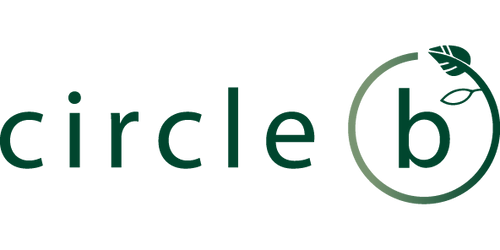
As the youth population of Africa continues to rise, there is a greater need to address the growing educational gap across the continent. Despite the increase in higher education enrolments in North Africa and Sub-Saharan Africa, UNESCO points out that primary and secondary education is still largely inaccessible to the population. This is caused by the rapid population growth and economic issues, which negatively affect the attendance rate in primary schools and encourage undue child labor practices.
However, the establishment of low-cost schools is aiding local communities. These educational opportunities can address the wide gaps in enrolment rates and transform the future of African children. But to understand how, we must first delve into the existing educational gap.
The Effect of Educational Gaps on African Communities
The growth in the youth population is concerning, especially since many children already don’t have access to school. African children make up about a third of the global total of the youth population that is out of school. But authorities are alarmed that the number of out-of-school youths may further increase as the population grows.
Connie Nshemereirwe, an educational researcher and policy facilitator, highlights that sub-Saharan Africa has the world’s fastest-growing school-age population. She estimates that, if the current rates continue to increase, about a quarter of children will be excluded from school by 2030. This will simultaneously decrease the ratio of qualified teachers in schools as well as the quality of education they can provide.
Unfortunately, a study has revealed that the lack of access to quality education will continue to contribute to the alarming increase in Africa’s population. Demographers have found out that the rising birth rates after 2000 are a consequence of the educational stall in the 1980s. In fact, it has been discovered that fertility rates in Kenya and Nigeria were higher among women with no education, as compared to those who had gone to school.
Furthermore, experts agree that there is a need to provide more educational opportunities for African children. Unicef studies even emphasize that girls’ educational access, in particular, is significant in improving the population of Africa. But besides improving access to education, it is stressed that authorities must also revolutionize the school curricula and teaching methods to help African communities.
The Impact of Low-Cost Educational Programs

Due to economic issues, education has been largely inaccessible to many African communities. As detailed by Dr. Lydiah Kemunto Bosire, the founder and CEO of 8B Education Investments, many talented Africans must contend with long wait lists for leading academic programs. Those who are fortunate enough to enter such programs, though, must then face costly school fees. This creates an unwelcoming educational environment, that further restricts universal accessibility.
To alleviate these educational gaps, low-cost schools are being established across the continent. These schools have the objective of providing affordable education without compromising quality. Bridge International Academies has established low-cost schools in Kenya, Nigeria, and Uganda. Despite being low-cost, these schools can provide great learning outcomes for their students. Bridge Nigeria pupils have even gained high results on Common Entrance exams for three consecutive years now. These high exam results allow Bridge graduates to enter secondary schools across the country.
Another institution called the Association of Formidable Educational Development (AFED) is also set up all over Africa. Professor James Tooley, who has been conducting studies on these institutions, stated that AFED schools provide better learning outcomes compared to government-owned schools. Moreover, this school eliminates gender and economic discrimination by serving every child in the community.
Thus, low-cost schools like Bridge and AFED have become the preferred choice of parents in African communities. They are integral in reducing the barriers that prevent African children from getting their education. As a result of this, children of different genders and economic backgrounds can secure their future and transform their communities. To learn more about the developments in Africa, check out Care More Be Better.
